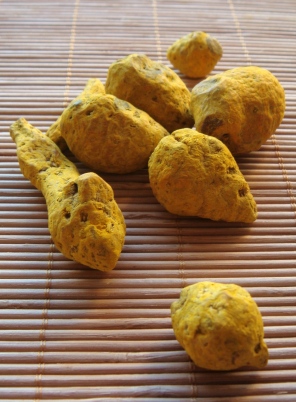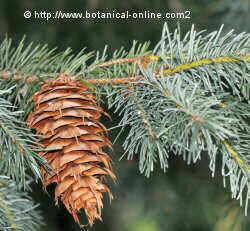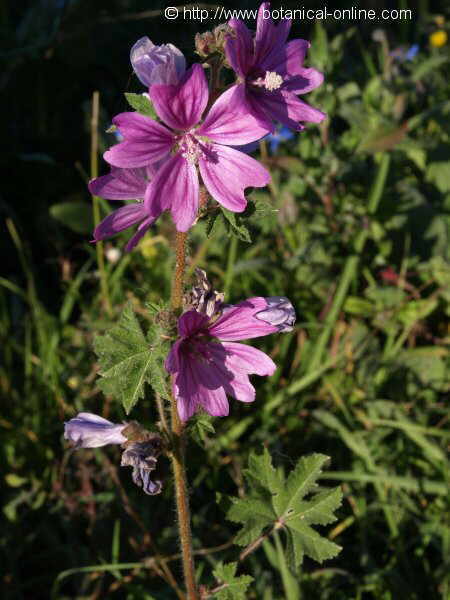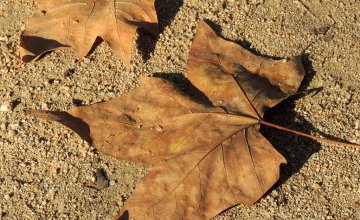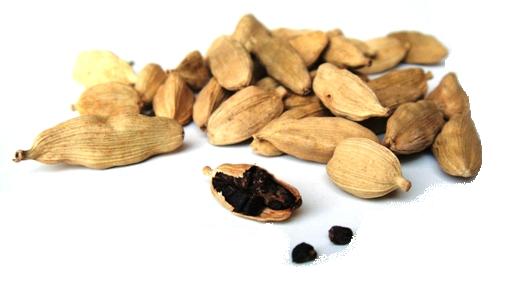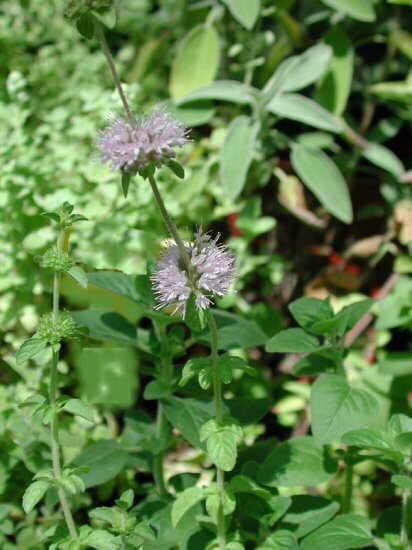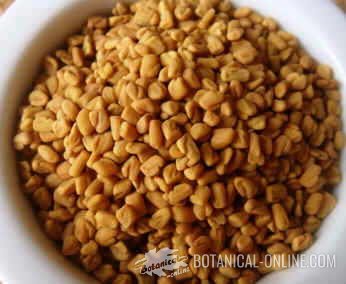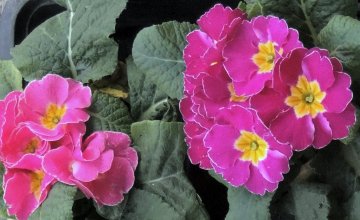Contents
How to grow of artichokes
![]()
Artichoke – characteristics
Perennial up to 2 m. height, of the Compositae family. Pinnately-lobed leaves over 60 cm. long, with lobes without spines and tomentose below. Showy inflorescences, 15 cm wide, with blue flowers and ovate bracts. Edible floral receptacle. Plant cultivated in many parts of the world and very common in the Mediterranean, rarely naturalized.
Artichoke – irrigation
Artichokes need abundant watering in the growing season. In not too warm climates they require weekly watering. In very hot climates, they may need up to two waterings a week. A good way to know if irrigation is necessary is to check with your finger if the soil keeps a little moisture. However, it does not tolerate water logging so you must provide adequate drainage. It is best planted in the top of a furrow, leaving the bottom for irrigation.
We must water the plant after planting shoots, until these have taken well.
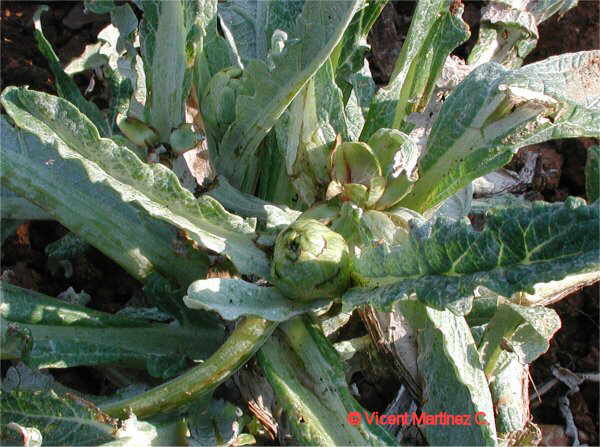
Photo of the artichoke with the fruit. Photo of the flowers
![]()
Artichoke – uses
Artichokes buds are used as edible food (More information in the listing below)
![]()
Artichoke – exposure
It must be planted in direct sunlight. The ideal climate would be a temperate climate with mild winters and very hot summers.
In areas where summers are foggy is where it thrives best. In places with high temperatures in summer it is better to plant them in partial shade.
Excessive heat causes poor quality fruit. When temperatures approach 0 ° C, the outer leaves of the fruit turn black but the inside can be good and can still be marketed. Constant temperatures below -2 ° C -1 spoil the fruit or may even kill the plants.
Artichoke – planting and reproduction
Artichoke can be reproduced from seed, but this type of reproduction produces very low quality artichokes. It is best to reproduce from suckers that produce adult plants. Suckers should be removed between the months of March and April. Although this plant is very easy to grow, you need plenty of space to produce fruit. The ideal planting is established between furrows spaced about 75 cm, keeping a distance of 60 cm between plants in the same row.
The new plants should be kept moist until they have rooted well. In summer or spring, if it is hot, we must continue watering. During this time, we should weed them well.
The first artichokes will occur in the first summer. This production is not very large and usually yields about four to six. The plants are in full production within two years or three years. You can keep up to three years. Then his production is no longer interesting and we should look for younger specimens. The harvest season extends from July to October. We should collect those artichokes that have matured but still keep the scales together
After the summer harvest, it is best to cut the artichokes that have not yet been developed. In November, cut the stems so they can sprout in spring. If the winters are cold, it is best to cover the soil with straw and keep it until March or April.
![]()
Artichoke – Type of soil: preparation and fertilization
Artichokes can be grown in any soil, but they prefer rich soil with good drainage and a pH of 6.5 to 7.5. In waterlogged areas, they normally develop fungi and rot.
Before planting them, we should prepare the soil. This task is performed in winter. You have to remove the soil to a depth of about 30 cm. For optimum production the soil should be a mixture of soil and manure 50%. When growth starts, we should apply the following fertilizer per plant: half a kilo of nitrogen fertilizer 10%, 250 gr. ammonium sulfate and 175 gr. ammonium nitrate. While the plant is in full production we should apply a third of this mixture.
Artichoke – Pests and diseases
The main pests that affect the artichokes are slugs and snails. Another very characteristic pests are:
- Artichoke root nematode.
- Aphids.
- Coleopterous
- Mites
- Artichoke moth.
- Globe artichoke.
The main diseases are:
- Mildew
- Botrytis
![]() More information on the properties of the artichokes
More information on the properties of the artichokes
Related information: Cultivation of thistles

